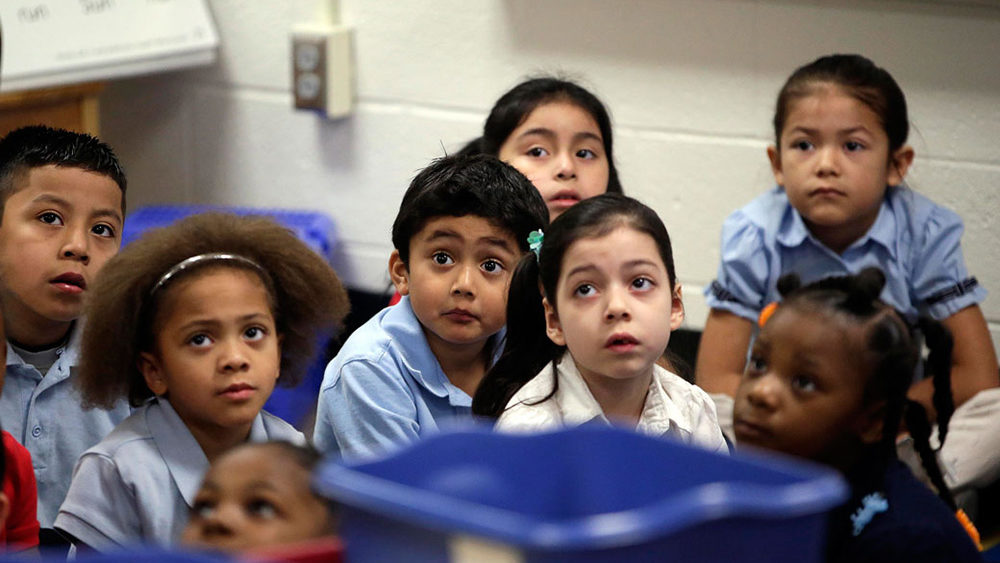By Lauren Morando Rhim, Jessica Sutter, and Neil Campbell
Collaboration in special education between charter schools and traditional public school districts offers the potential to benefit students with disabilities.
Approximately 6.5 million students—13 percent of students ages 3–21—receive special education and related services in public schools every year, and about 90 percent of those identified have high-incidence disabilities, such as specific learning disabilities, speech or language impairments, other health impairments, autism, intellectual disabilities, and emotional disturbance. This report explores the potential of district and charter collaboration to improve access to high-quality special education and related services.
While there have been examples of charter schools that have struggled to ensure equitable access for students with disabilities, collaboration between districts and charter schools offers the potential to improve outcomes for students with disabilities. The district and charter school collaboration efforts described in this report in Colorado’s Denver Public Schools, California’s Los Angeles Unified School District, and between Rhode Island’s Blackstone Valley Prep Mayoral Academy and Central Falls School District build opportunities to:
- Collaborate to better serve students with disabilities in charters
- Ensure access to innovative schools for students with disabilities
- Create cost-effective solutions for districts and charters
Read the full report here.

Comments are closed.